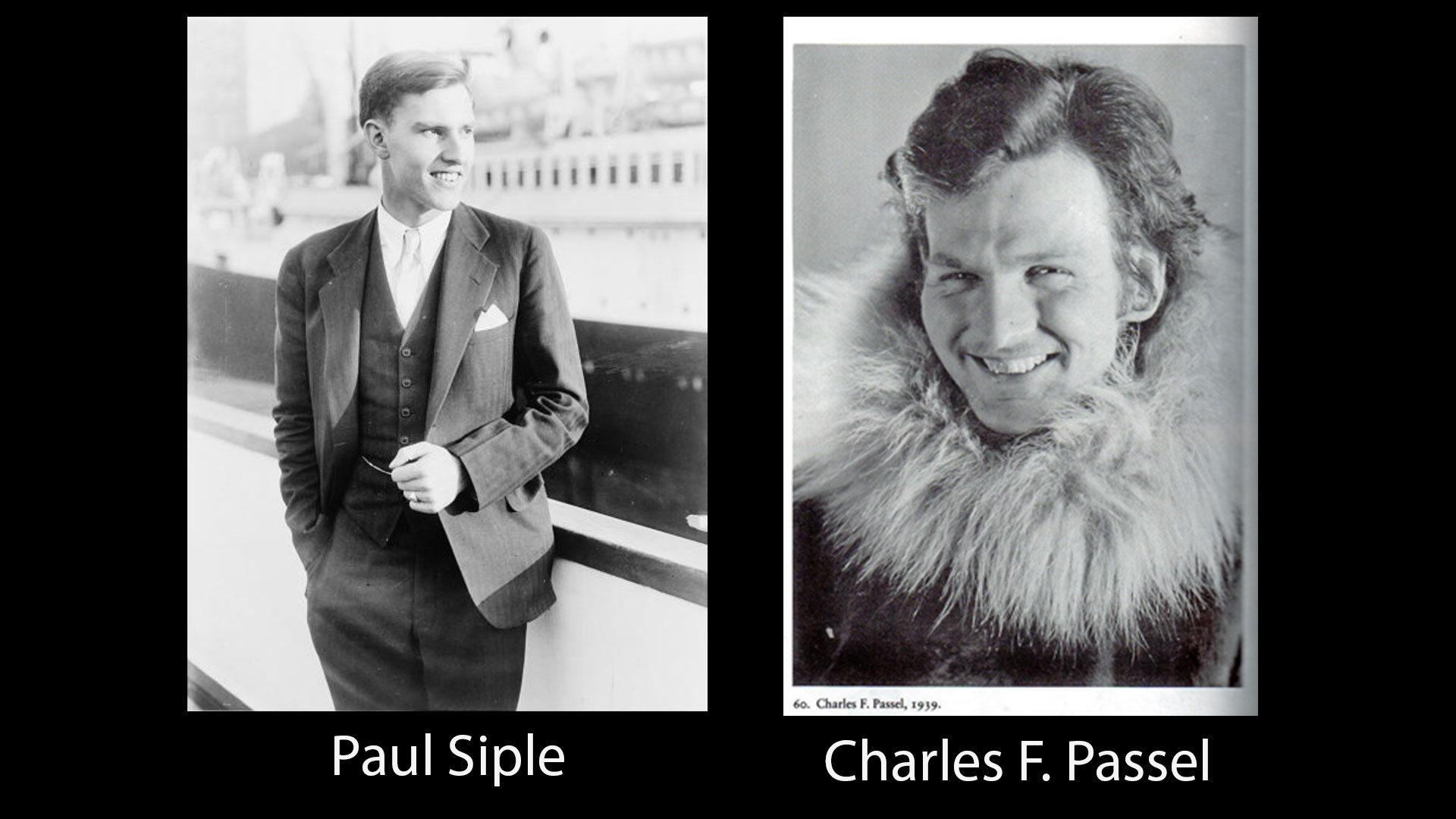How Well Do You Understand Wind Chill?
InstantWeatherBelow is Jennifer Fergusson's video update regarding windchill. A written version is further down the page:
Please visit our channel directly on youtube and "Subscribe" + hit the bell for notifications: https://YouTube.com/InstantWeatherOntario
Here's what Jennifer said in the video:
"So, in the winter you hear people talking about windchill or a feels-like temperature and basically, we love to use this because it helps us to explain the conditions. But scientifically, there are so many variables that it really is just an estimate to help us to understand how much colder it's going to feel when you factor in the wind. So, the windchill doesn't change the temperature, it changes how we experience the temperature.

(Image above courtesy of NOAA)
For example, it feels a lot colder up here on this hill exposed to the wind than it did when I was down in the woods. And if I said it was going to be -10c today in Toronto, feeling like -20c, it would still feel a lot colder for the person who's right on the lakeshore, not wearing a hat and mitts than it would for the person who's walking down Yonge Street, protected from the wind by the buildings and wearing a hat and mitts. So, it's just an estimate that we use to help you be prepared for the conditions.

(Image above courtesy of Wikipedia)
The original formula for windchill was developed by two scientists in Antarctica before World War II and the experiment was simple; take a container and fill it with water, hang it from a pole and measure how quickly it loses heat. In the 60s it began to be reported as windchill equivalent temperature but the original formula developed in Antarctica really exaggerated the severity of the conditions.
So, in 2001, we started using a new formula. Here's how it works; our skin has a warm layer of air right above the surface and on a calm day, that's enough to keep our bodies warm. But on a windy day, that warm air layer of insulation is blown away and we feel colder. So, the windier it is, the more heat we lose, and the colder we feel. So, as the actual air temperature falls, say from -2c to -20c, then the chilling effect of the wind is increased. So, there's two variables; the wind and the actual temperature and we use these variables to determine things like how quickly you could experience frostbite.
So, that's it! I hope you now understand windchill a little bit better. If you liked this video and found it helpful, please give it a like. If you haven't done so already, subscribe to our YouTube channel. If you click the bell notification button, you'll get an email the next time we have a video update.
For Instant Weather Ontario, I'm Jennifer Fergusson."
- Jennifer Fergusson & Adam Skinner
P.S. If you like these videos, please consider joining our Patreon campaign. For more details, visit https://Patreon.com/InstantWeather - There's cool rewards there like t-shirts and coffee mugs, etc! Thank you!